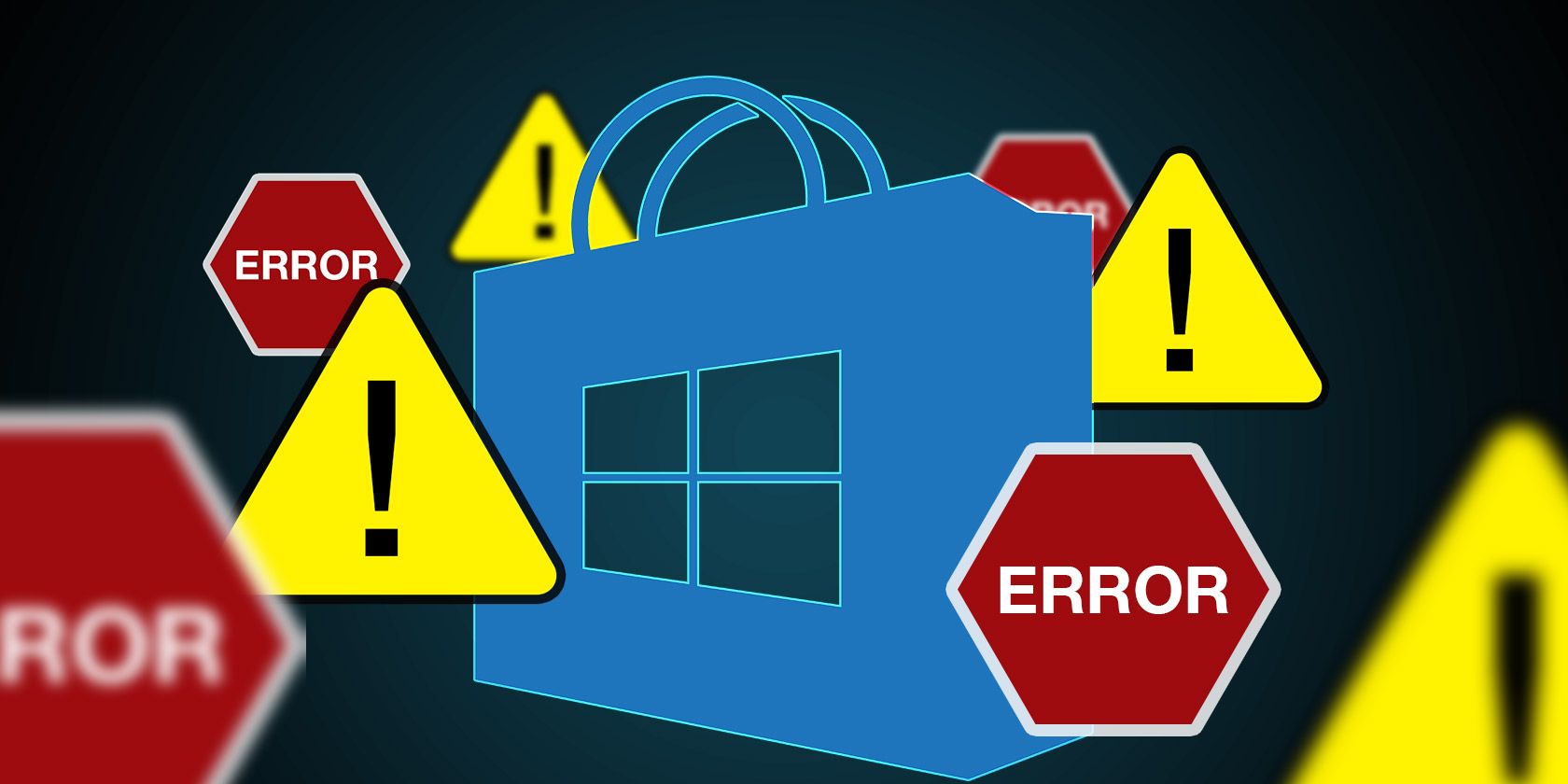
The Microsoft Store (formerly Windows Store) is Microsoft’s official marketplace for downloading apps. Some Windows apps are only available exclusively on it. This makes it even more frustrating when Windows’ official store stops working or does not open quickly.
We’ve rounded up the steps that help fix the Microsoft Store. Whether it’s running a troubleshooter to automatically detect and repair issues or clearing the cache, chances are that one of the helpful tips below will do the job.
Read on for the ultimate Microsoft Store troubleshooting and repair guide.
1. Use the Windows Store Apps Troubleshooter
Microsoft has a troubleshooter that scans your system and detects any problems that might be preventing Microsoft Store apps from working correctly. Then, if possible, it automatically fixes these without you doing a thing.
The troubleshooter can be accessed by pressing Windows key + I to open Settings. Go to Update & Security > Troubleshoot. Find Windows Store Apps on the list, click it, and click Run the troubleshooter.

A window will open which will begin detecting problems. It shouldn’t take any longer than a couple of minutes.
If problems are detected then the troubleshooter will try to resolve these. Alternatively, it might give you steps on how to do it yourself. You may also be able to click Next to see multiple solutions.
The troubleshooter may not be able to fix the problems or it might not even find any issues in the first place, but it’s worth trying anyway.
2. Check Your Computer’s Time
This might sound odd, but the Microsoft Store might not open if your computer’s date and time are inaccurate. This is because the Store checks to see if the time it tracks is in sync with your computer’s.

Press Windows key + I to open Settings. Click Time & Language. Ensure your Time zone is correct. Then slide Set the time automatically to Off, wait for it to process, then slide it back On.
3. Reset the Microsoft Store
You can reset Windows apps, which clears their stored data and sets them back to default. Though this will clear your settings, you won’t lose any purchases or installed apps.

Press Windows key + I to open Settings and click Apps. Scroll the list and click Microsoft Store. Then click Advanced options > Reset. It will show a warning that the app’s data will be deleted, so click Reset again.
4. Clear the Store Cache
Clearing the cache of the Store can help resolve issues with installing or updating apps. In fact, clearing cache can resolve many Windows problems. It’s incredibly simple to run and will only take half a minute.

Press Windows Key + R to open Run, then input wsreset.exe and click OK. A blank Command Prompt window will open, but rest assured that it’s clearing the cache. After about ten seconds the window will close and the Store will open automatically.
5. Reset Windows Update Components
If you’re having trouble updating the Store or the apps themselves, try resetting the Windows Update components. Handily, there’s an automated repair tool for that. You can get it from Microsoft’s script repository.

Download the ZIP file and extract it. Right click the file ResetWUEng.cmd and click Run as administrator.
Press Y then Enter to confirm you want to continue. Then press 2 to select Resets the Windows Update Components and then Enter to confirm. Wait for the process to complete.
If this doesn’t do the job then check out our guide on resolving Windows Update problems for some other solutions.
6. Edit the Registry for Connection Errors
If you get a connection error when launching the store, or when downloading an app or updating an app, it’s time to head into the registry. Please ensure you follow these instructions closely because incorrect edits in the registry can cause further problems.

First, press Windows Key + R to open Run. Input regedit and click OK. The Registry Editor will open. Using the folders on the left, navigate into the following folder path:
HKEY_LOCAL_MACHINE\SOFTWARE\Microsoft\Windows NT\CurrentVersion\NetworkList\Profiles
Right click on Profiles, select Permissions, then click Advanced. Tick Replace all child object permission entries with inheritable permission entries from this object and click OK. Now restart your system and hopefully your problem will be resolved.
7. Check Your Proxy Settings
Using irregular network settings can cause problems with the Microsoft Store. First, disable any VPN you have installed—check the program’s support documentation for guidance on how to do that. Alternatively, uninstall it entirely by pressing Windows key + I to open Settings. Click Apps, select the VPN from the list, and click Uninstall.

Next, check your proxy settings. Press Windows key + I and to Network & Internet > Proxy. Beneath Manual proxy setup, ensure that Use a proxy server is set to Off.
8. Re-register the Microsoft Store
The Store app can’t be uninstalled easily, so the closest we can get is to re-register it on your system. First, perform a system search for powershell, then right click the relevant result and select Run as administrator. Simply put, PowerShell is a scripting environment that can be used to automate tasks.

If you’re using Windows 10, input the following and then press Enter:
"& {$manifest = (Get-AppxPackage Microsoft.WindowsStore).InstallLocation + '\AppxManifest.xml' ; Add-AppxPackage -DisableDevelopmentMode -Register $manifest}"
If you’re using Windows 8, input this command instead:
Add-AppxPackage -DisableDevelopmentMode -Register $Env:SystemRoot\WinStore\AppxManifest.XML
You can now close PowerShell and open the Store app, where hopefully your problem will have been resolved.
Get the Best Microsoft Store Apps for Windows
It can be frustrating when something simple like the Microsoft Store doesn’t work properly, so hopefully the solutions above have solved the issues.
With the Microsoft Store back up and running, now’s the time to kit your system out with the best apps. For guidance, check our article on the best Microsoft Store apps.
Read the full article: 8 Tips to Fix Microsoft Store and App Issues in Windows 10
https://ift.tt/2OoKVdKvia MakeUseOf






0 comments:
Post a Comment